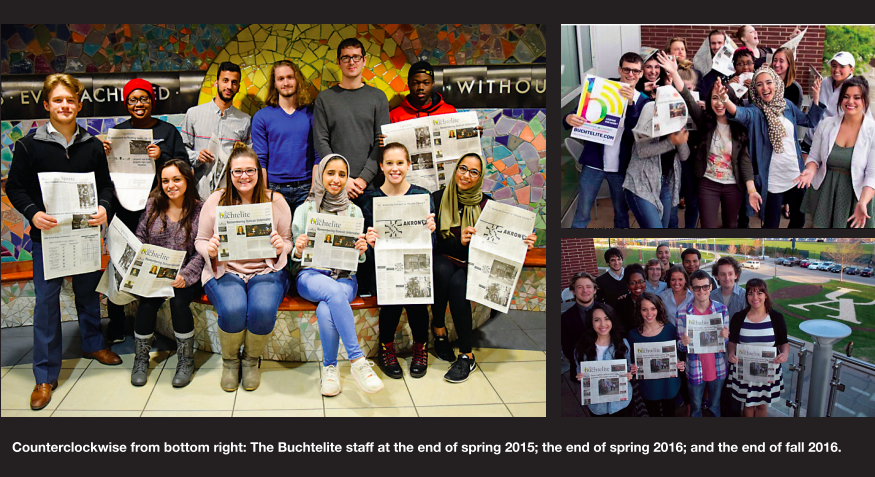“The last time Ted Curtis was involved in the purchase of Quaker Square, the asking price was significantly less than $22.6 million. The University of Akron vice president of facilities and capital planning was one of four businessmen who purchased the complex in 1973.”
“
The last time Ted Curtis was involved in the purchase of Quaker Square, the asking price was significantly less than $22.6 million.
The University of Akron vice president of facilities and capital planning was one of four businessmen who purchased the complex in 1973. At that time, it cost $235,000.
We paid the asking price, which was stupid, Curtis said.
But his most recent idea – for the university to buy Quaker Square – was a stroke of genius.
He was given six weeks to figure out how the university could compensate for the housing and parking spaces that would be lost to the new stadium. Curtis, though, was able to do that in six minutes.
He suggested buying Quaker Square.
The complex provides 450 parking spaces and 260 dorm rooms, as well as nine acres of land. If the university were to create such a complex from the ground up, it would run about $66 million, Curtis estimated.
But Quaker Square represents more than just a smart business move to Curtis, who jokingly refers to himself as a little Greek boy from North Hill.
He fondly recalls the wonderful aroma of the Quaker Oats facility. He spent a lot of his childhood in Akron working alongside his father, a Greek immigrant who ran a hat cleaning and shoe shining business.
Curtis believes his father’s values – simple ideas like staying out of trouble and working hard – laid the foundation for his success. His office stands as a testimony to that success.
It is a treasure trove of memorabilia; photographs, awards and mementos fill his space in the Lincoln Building. For everything in his office, Curtis has a personal story.
Amid the papers and files on his desk are university pins, an honorary deputy badge from the Summit County Sheriff’s Office and a mounted piece of the Chihuly sculpture. A paperweight bears a Ben Franklin aphorism: Well done is better than well said.
That simple saying typifies Curtis’ career.
When he and his partners bought Quaker Square, his first thought was to turn the grain silos into apartments. In the early ’70s, he recalls, the hotel business was lousy.
Before Quaker Square’s historical transformation, however, it was no cakewalk. There were a lot of setbacks and sleepless nights as everything was on the line, Curtis said.
As it turned out, the vision of apartments was not to be. A year later, people were lined up, anxious to visit the new stores and restaurants. The silos remained empty.
In 1980, Curtis decided it was time to remake the silos into hotel rooms. He wasn’t interested in just any hotel; it had to be something special. Ten months later, the Quaker Square Hilton opened for business. It was an instant success and still is considered a masterpiece.
Four years after its unveiling, Curtis relocated to California, working as Hilton’s chief architect. He spent six years with the corporation, another seven consulting and then went into retirement. It didn’t last, though. Curtis said he had too much energy to stop working.
His next stop: the University of Akron.
Under his direction, the $300 million Landscape for Learning transformed the campus, with 11 new structures and 30 acres of green space.
Curtis cherishes his accomplishments, but not for recognition’s sake.
I love the involvement with people and making a difference in your community and your profession.
You can’t buy these experiences.
Not bad for a little Greek boy from North Hill.
“



